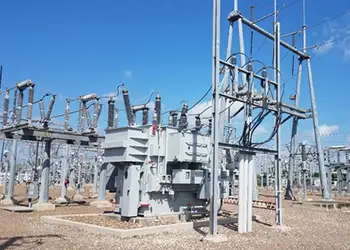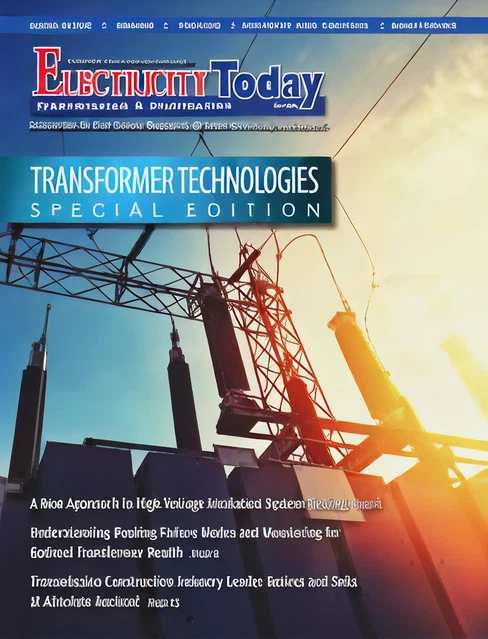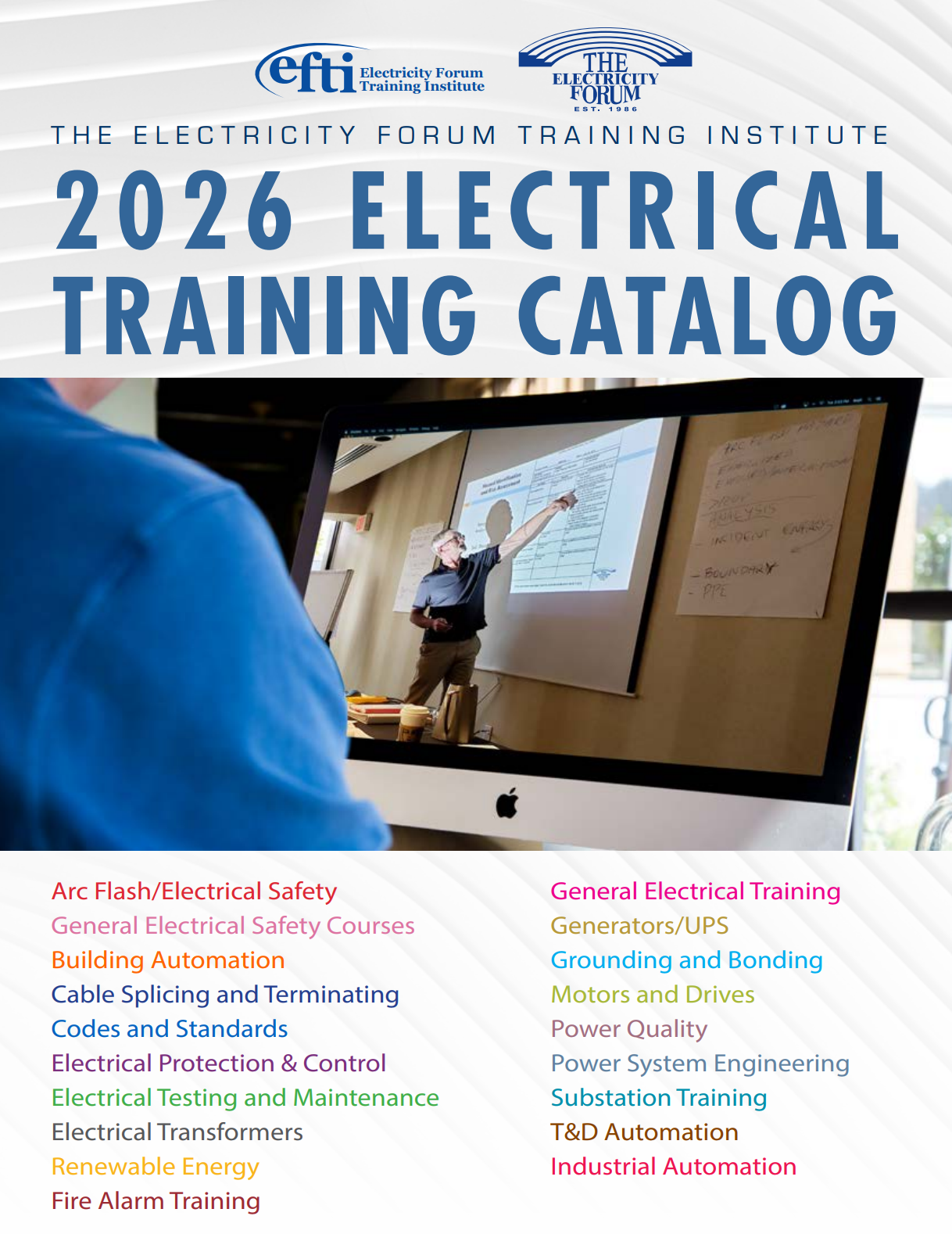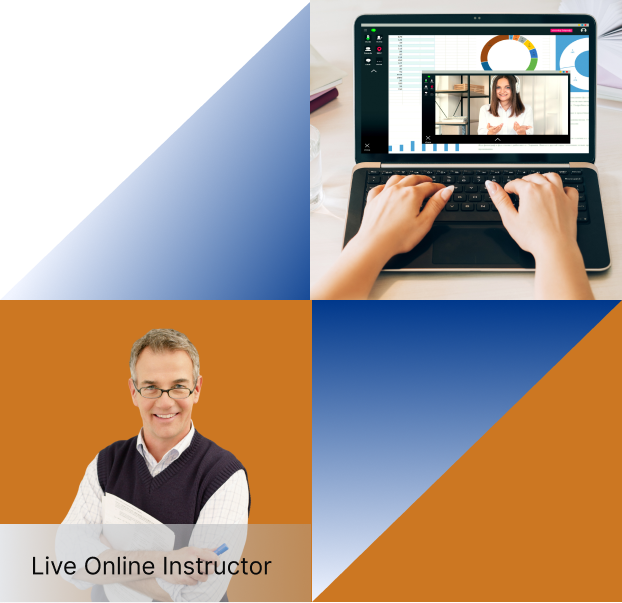Ford Threatens to Cut U.S. Electricity Exports Amid Trade Tensions

Substation Relay Protection Training
Our customized live online or in‑person group training can be delivered to your staff at your location.

- Live Online
- 12 hours Instructor-led
- Group Training Available
Ontario Electricity Export Retaliation signals tariff-fueled trade tensions as Doug Ford leverages cross-border energy flows to the U.S., risking grid reliability, higher power prices, and escalating a Canada-U.S. trade war over protectionist policies.
Key Points
A policy threat by Ontario to cut power exports to U.S. states in response to tariffs, leveraging grid dependence.
✅ Powers about 1.5M U.S. homes in NY, MI, and MN
✅ Risks price spikes, shortages, and legal challenges
✅ Part of Canada's CAD 30B retaliatory tariff package
In a move that underscores the escalating trade tensions between Canada and the United States, Ontario Premier Doug Ford has threatened to halt electricity exports to U.S. states in retaliation for the Trump administration's recent tariffs. This bold stance highlights Ontario's significant role in powering regions across the U.S. and serves as a warning about the potential consequences of trade disputes.
The Leverage of Ontario's Electricity
Ontario's electricity exports are not merely supplementary; they are essential to the energy supply of several U.S. states. The province provides power to approximately 1.5 million homes in states such as New York, Michigan, and Minnesota, even as it eyes energy independence through domestic initiatives. This substantial export positions Ontario as a key player in the regional energy market, giving the province considerable leverage in trade negotiations.
Premier Ford's Ultimatum
Responding to the Trump administration's imposition of a 25% tariff on Canadian imports, Premier Ford, following a Washington meeting, declared, "If they want to play tough, we can play tough." He further emphasized his readiness to act, stating, "I’ll cut them off with a smile on my face." This rhetoric underscores Ontario's willingness to use its energy exports as a bargaining chip in the trade dispute.
Economic and Political Ramifications
The potential cessation of electricity exports to the U.S. would have profound economic implications. U.S. states that rely on Ontario's power could face energy shortages, leading to increased prices, particularly New York energy prices, and potential disruptions. Such an action would not only strain the energy supply but also escalate political tensions, potentially affecting other areas of bilateral cooperation.
Canada's Retaliatory Measures
Ontario's threat is part of a broader Canadian strategy to counteract U.S. tariffs. Prime Minister Justin Trudeau has announced retaliatory tariffs on U.S. goods worth approximately CAD 30 billion, targeting products such as food, textiles, and furniture. These measures aim to pressure the U.S. administration into reconsidering its trade policies.
The Risk of Escalation
While leveraging energy exports provides Ontario with a potent tool, it also carries significant risks, as experts warn against cutting Quebec's energy exports amid tariff tensions. Such actions could lead to a full-blown trade war, with both countries imposing tariffs and export restrictions. The resulting economic fallout could affect various sectors, from manufacturing to agriculture, and lead to job losses and increased consumer prices.
International Trade Relations
The dispute also raises questions about the stability of international trade agreements and the rules governing cross-border energy transactions. Both Canada and the U.S. are signatories to various trade agreements that promote the free flow of goods and services, including energy. Actions like export bans could violate these agreements and lead to legal challenges.
Public Sentiment and Nationalism
The trade tensions have sparked a surge in Canadian nationalism, with public sentiment largely supporting tariffs on energy and minerals as retaliatory measures. This sentiment is evident in actions such as boycotting American products and expressing discontent at public events. However, while national pride is a unifying force, it does not mitigate the potential economic hardships that may result from prolonged trade disputes.
The Path Forward
Navigating this complex situation requires careful diplomacy and negotiation. Both Canada and the U.S. must weigh the benefits of trade against the potential costs of escalating tensions. Engaging in dialogue, seeking compromise, and adhering to international trade laws are essential steps to prevent further deterioration of relations and to ensure the stability of both economies.
Ontario's threat to cut off electricity exports to the U.S. serves as a stark reminder of the interconnectedness of global trade and the potential consequences of protectionist policies. While such measures can be effective in drawing attention to grievances, they also risk significant economic and political fallout. As the situation develops, it will be crucial to monitor the responses of both governments and the impact on industries and consumers alike, including growing support for Canadian energy projects among stakeholders.











